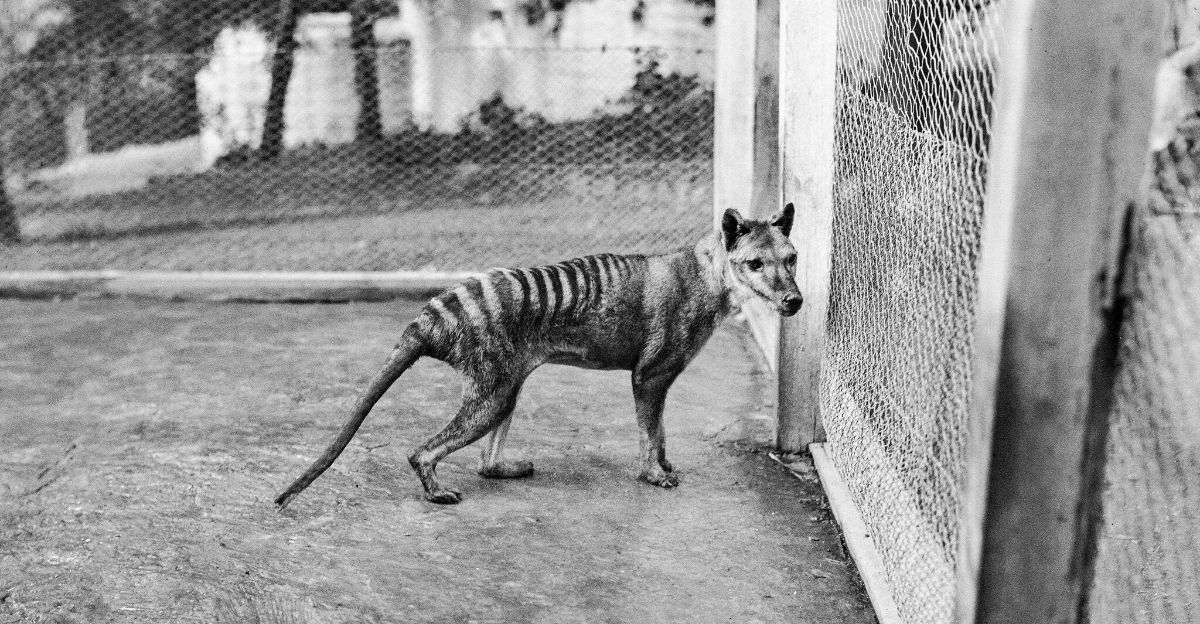
If you haven’t heard what Colossal Biosciences has been up to, you’re missing one of the most ambitious scientific stories of our time. Imagine scientists reconstructing the genomes of creatures extinct for decades or even millennia and bringing them back to life. This isn’t science fiction; it’s happening now.
The Texas-based biotechnology company has made significant strides toward resurrecting the Tasmanian tiger, a wolf-like marsupial last seen alive in 1936. With breakthroughs in genetic sequencing and editing, Colossal aims to rewrite extinction itself. The question is no longer if we can resurrect extinct species, but whether we should.
Meet Colossal Biosciences

Launched in 2021 by Harvard geneticist George Church and entrepreneur Ben Lamm, Colossal Biosciences is rewriting the limits of biotechnology. Early this year, they secured $200 million in Series C funding, pushing its valuation to $10.2 billion—the first “decacorn” in Texas.
With $435 million raised to date, the company is chasing more than just the Tasmanian tiger. Colossal’s pipeline includes woolly mammoths, dodos, and dire wolves—using CRISPR, advanced reproductive tools, and machine learning to challenge the finality of extinction itself.
The Dire Wolves Are Real—Sort Of
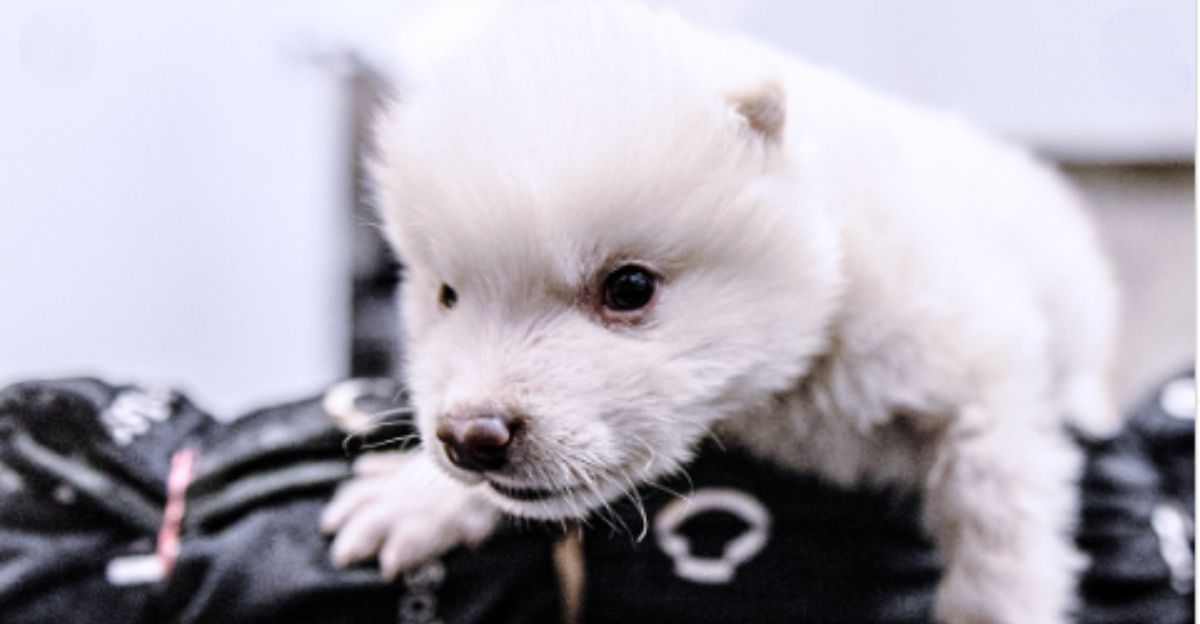
Last month, Colossal revealed live canines with traits from dire wolves—apex predators that vanished 13,000 years ago. By editing gray wolf DNA with sequences from fossil samples, the company produced three puppies with pale fur and robust builds reminiscent of their ancient ancestors.
They’ve also bred red wolves to aid current conservation efforts. While some scientists dispute whether these animals truly qualify as dire wolves, the takeaway is clear: Colossal is producing living organisms that mirror extinct species—an essential step toward reviving the Tasmanian tiger.
The Woolly Mammoth Resurrection Project
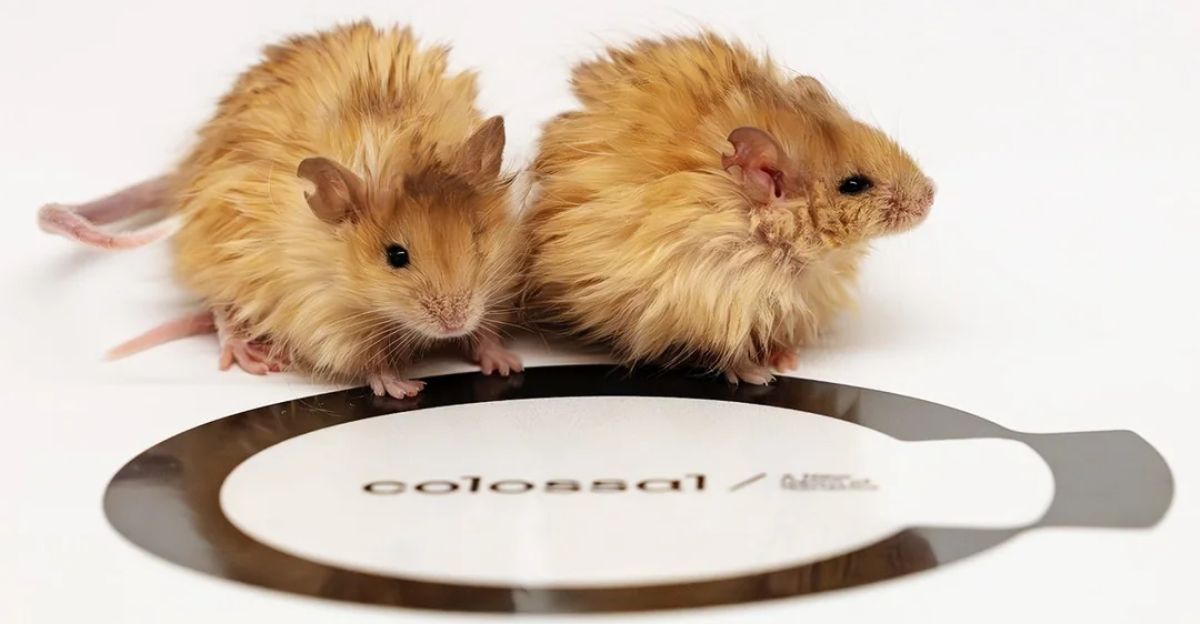
Another milestone came in March: the “Colossal Woolly Mouse.” Scientists edited seven genes in mice to mimic mammoth traits—adapting them for cold with thicker, coarser fur and altered coloration. It’s more than a proof of concept.
Colossal’s broader goal is to reintroduce mammoths to the Arctic tundra, where their grazing habits could restore carbon-trapping grasslands and slow permafrost melt. This is resurrection with a mission: reengineering lost species to combat climate change.
The Latest Breakthrough—The Tasmanian Tiger
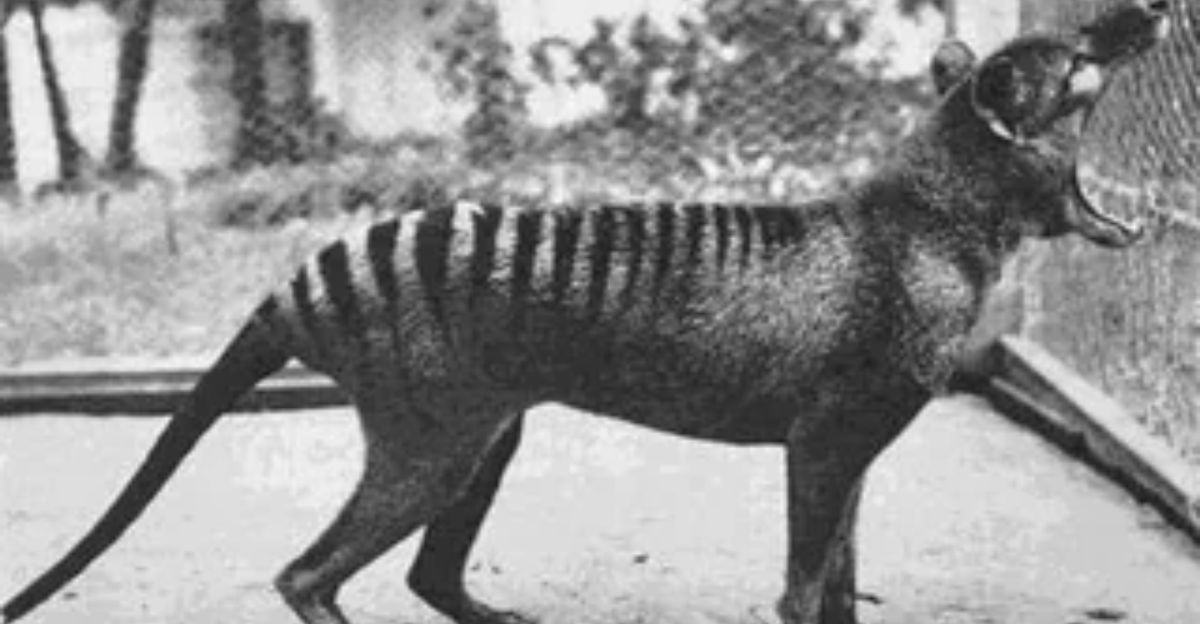
The latest breakthrough may be Colossal’s boldest. Researchers have reconstructed 99.9% of the Tasmanian tiger’s genome—also known as the thylacine—with just 45 gaps remaining. Remarkably, the source was a 110-year-old specimen preserved in ethanol, yielding not only DNA but RNA, which shows how specific genes were expressed in tissue.
“We’re getting closer every day to being able to place the thylacine back into the ecosystem,” said Andrew Pask, who leads the Thylacine Integrated Genomic Restoration Research Lab.
The Scientific Community Is Divided

Not everyone sees this as progress. Some scientists argue that de-extinction pulls attention—and funding—away from species that still have a chance. “Developing genetic technology cannot be viewed as the solution to human-caused extinction,” says Mike Senatore of Defenders of Wildlife.
Others warn of unpredictable consequences. “New species in ecosystems can have large economic and ecological effects… often difficult or impossible to control,” one expert noted. But supporters believe the same tools could help save species teetering on the edge.
What the Politicians Are Saying

The political response? Sharp and split. Interior Secretary Doug Burgum has embraced de-extinction, calling it a game-changer for conservation. He’s already in discussions with Colossal about integrating their creations into federal wildlife programs.
Meanwhile, the administration is moving to weaken the Endangered Species Act, arguing that innovation should replace regulation. Critics say this sends a contradictory message: celebrate lab-made species while rolling back protections for the real ones still clinging to survival.
Burgum’s Big Bet: Innovation Over Regulation
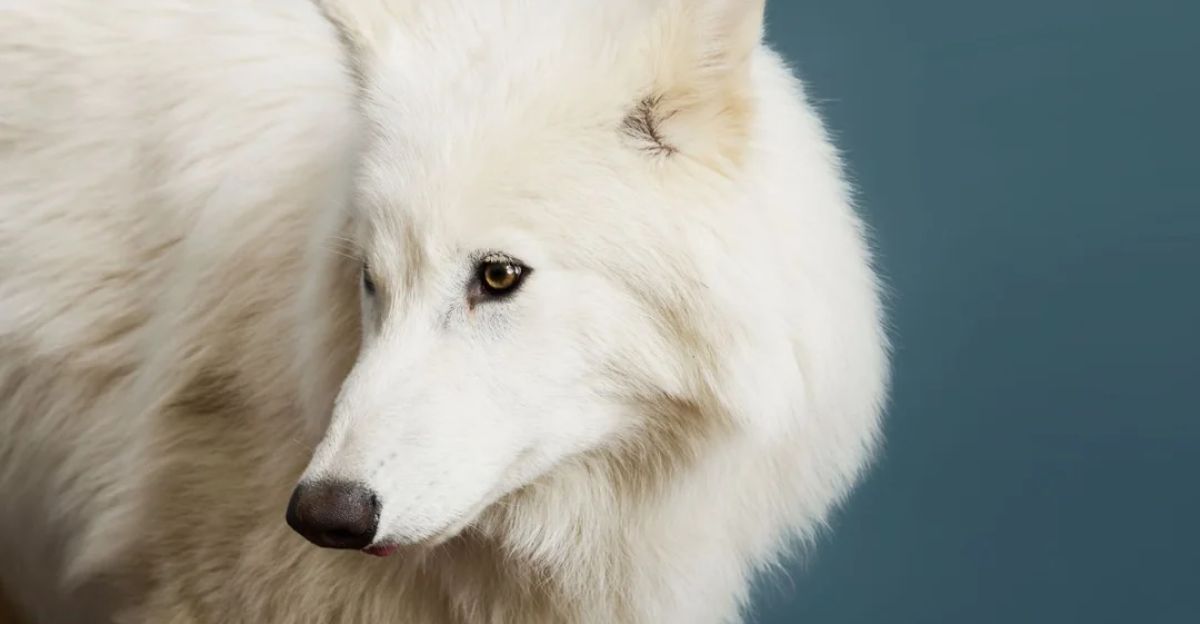
“If we’re going to be in anguish about losing a species, now we have an opportunity to bring them back,” Burgum told Interior staff in April. His message was clear: don’t mourn—resurrect. He’s urged employees to “Pick your favorite species and call up Colossal.”
At the same time, he’s pushing to redefine what legally counts as “harm” under the Endangered Species Act. Conservationists warn this risks creating a dangerous new mindset: if extinction is reversible, does preventing it still matter?
Are We Playing God—or Playing Catch-Up?

As science advances, the ethical questions grow louder. Are we fixing past mistakes—or making new ones? Reviving lost species could help ecosystems recover—or throw them into disarray. For every bold step forward, there’s a deep uncertainty behind it.
Critics say we’re overstepping. Supporters argue we’re simply catching up to nature’s losses. Either way, it’s a moral frontier without a map.
What the Tiger Represents Now
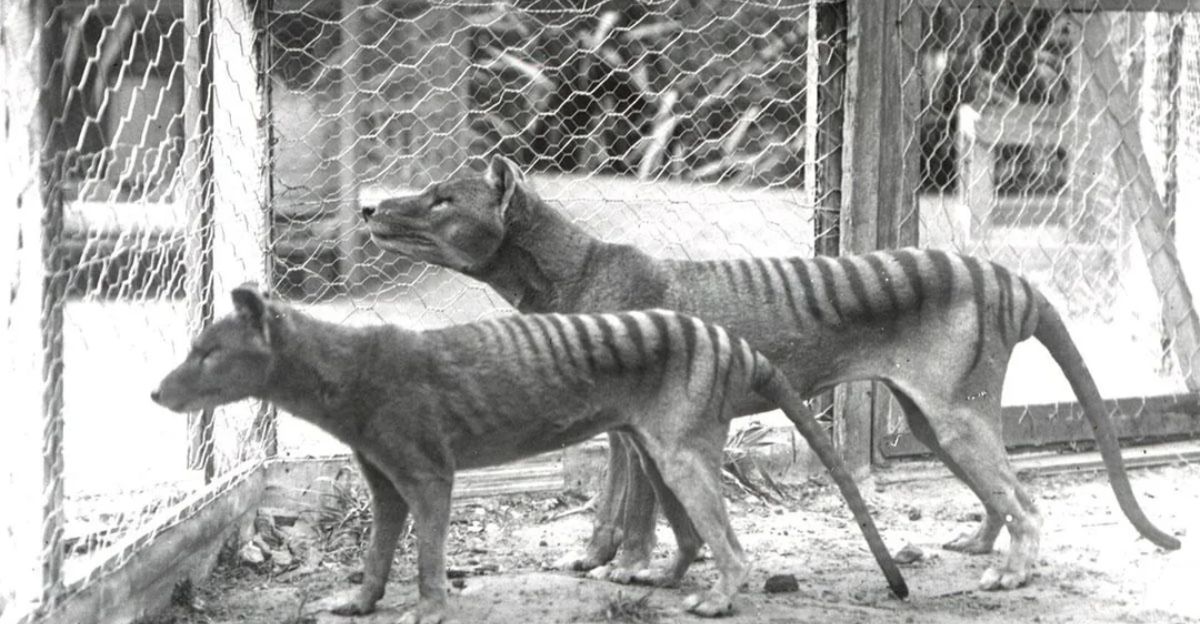
The Tasmanian tiger represents more than a comeback—it symbolizes our growing power to rewrite nature itself. This is no longer about one marsupial. It’s about the human instinct to reverse time, reengineer life, and repair what we once broke.
But with that power comes responsibility. The question now is not just can we bring them back—but what kind of world are we bringing them back to?
Explore more of our trending stories and hit Follow to keep them coming to your feed!

Don’t miss out on more stories like this! Hit the Follow button at the top of this article to stay updated with the latest news. Share your thoughts in the comments—we’d love to hear from you!







